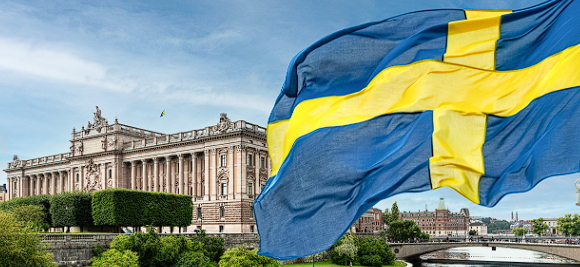Day: May 23, 2024
Mastercard Price, News , Charts and History
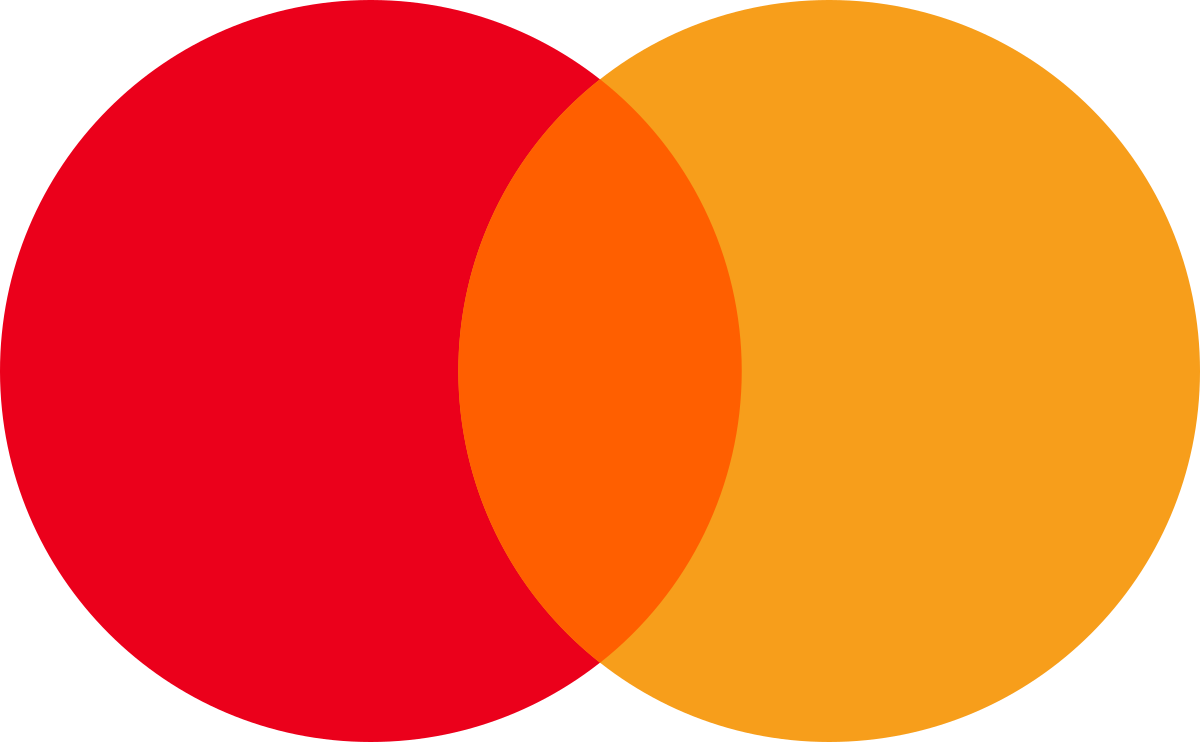
Ticker Details
Company Charts
COMAPNY FINANCIALS
Company News
Company Details, History, Founders and Founding Days
Mastercard, Inc operates as a technology company. The firm engages in the payments industry that connects consumers, financial institutions, merchants, governments and business. It offers payment solutions for the development and implementation of credit, debit, prepaid, commercial and payment programs. The company was founded in 1966 and is headquartered in Purchase, NY.
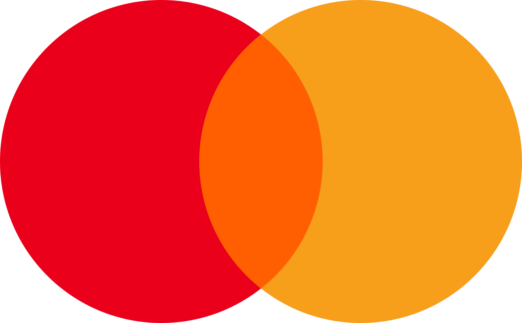
Table of Contents
-
Introduction
-
Founding and Early Years
-
Major Milestones
-
Key Stakeholders
-
Board of Directors
-
Current Trends
-
Competitors
-
Timeline
-
Conclusion
1. Introduction
Mastercard Incorporated is a leading global payments and technology company that connects consumers, financial institutions, merchants, governments, and businesses worldwide. Founded in the 1960s, Mastercard has evolved significantly over the decades, becoming a major player in the global payments industry.
2. Founding and Early Years
Mastercard was founded as the Interbank Card Association (ICA) in 1966 by a group of California banks, initially as a response to Bank of America’s BankAmericard (now Visa). The founders aimed to create a unified brand to compete in the emerging credit card market. By 1979, the organization rebranded to Mastercard, which became the name of the company.
Founders
The key founders include:
- Wells Fargo
- United California Bank
- Crocker National Bank
- Bank of California
These banks formed a consortium to manage and promote the new brand and its associated products.
3. Major Milestones
- 1966: Formation of the Interbank Card Association (ICA).
- 1969: The card was rebranded as “Master Charge: The Interbank Card”.
- 1979: Rebranding to “Mastercard”.
- 1980s-1990s: Global expansion and technological advancements.
- 2002: Merged with Europay International.
- 2006: Initial Public Offering (IPO).
- 2010s: Introduction of various digital payment solutions.
- 2020s: Expansion into blockchain, AI, and cybersecurity.
4. Key Stakeholders
Mastercard’s stakeholders are varied and include:
- Founders: The original banks that formed ICA.
- Shareholders: Investors who own shares of Mastercard stock.
- Board of Directors: Includes executives from various industries.
- Customers: Banks, merchants, and consumers.
- Regulatory Bodies: Financial regulatory authorities worldwide.
- Partners: Technology firms, financial institutions, and other service providers.
5. Board of Directors
The Board of Directors of Mastercard comprises experienced leaders from various industries who provide strategic guidance and oversight. As of the latest available information, the key members include:
- Ajay Banga: Executive Chairman
- Michael Miebach: Chief Executive Officer
- Richard Haythornthwaite: Former Chairman
- Julius Genachowski: Managing Director at The Carlyle Group
- Olivier Bohuon: Former CEO of Smith & Nephew plc
- Jill C. Considine: Former Chairman and CEO of The Depository Trust & Clearing Corporation
- Richard K. Davis: Chairman and CEO of Make-A-Wish America
- Carlos A. Rodriguez: President and CEO of Automatic Data Processing, Inc. (ADP)
- Youngme Moon: Professor at Harvard Business School
- Rima Qureshi: Executive Vice President and Chief Strategy Officer at Verizon Communications
- Silvio Barzi: Former CEO of Russell Investments
This diverse group brings a wealth of knowledge and expertise, helping Mastercard navigate the complex global financial landscape.
6. Current Trends
- Digital Payments: Growth in contactless payments and e-commerce.
- Cryptocurrency and Blockchain: Partnerships and solutions integrating blockchain technology.
- Cybersecurity: Investments in securing transactions and user data.
- AI and Machine Learning: Enhancing fraud detection and customer service.
- Sustainability: Initiatives aimed at reducing the carbon footprint and promoting financial inclusion.
7. Competitors
Mastercard’s primary competitors include:
- Visa: The largest global payments network.
- American Express: Known for its premium card offerings.
- Discover: Another major player in the U.S. market.
- PayPal: A leader in digital and online payments.
- Fintech Companies: Emerging competitors such as Square, Stripe, and other digital payment startups.
8. Timeline
9. Conclusion
Mastercard has come a long way since its inception in 1966. From a consortium of banks forming a response to a competitor, it has grown into a global leader in the payments industry. With continuous innovation and adaptation to new technologies, Mastercard remains at the forefront of the financial sector, navigating the challenges and opportunities of the digital age. As the industry continues to evolve, Mastercard’s commitment to secure, efficient, and inclusive payment solutions ensures its significant role in shaping the future of global commerce.
Reference: Chatgpt
This data is based on May 23 2024 data may vary in accordance to change with time.
USDC Price, Charts, News and History
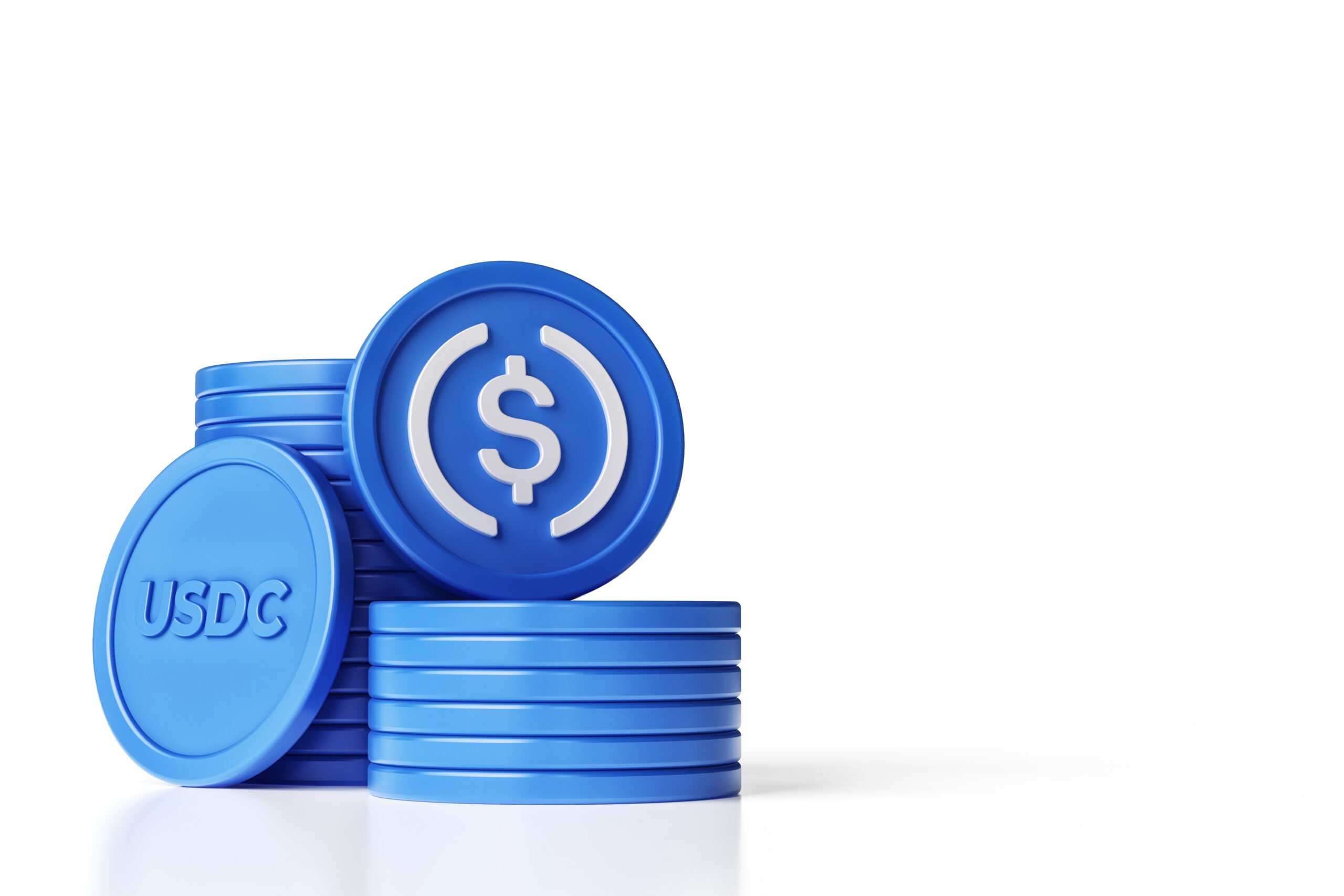
USDC Charts
USDC News
USDC History and Founders
The History of USDC: Founding, Growth, and Current Landscape
Table of Contents
-
Introduction
-
Founding Days of USDC
-
Founders
-
Total Supply and Circulation
-
Major Stakeholders
-
Current Hot Topics
-
Timeline of Key Events
-
Conclusion
Introduction
USD Coin (USDC) is a stablecoin pegged to the U.S. dollar, designed to combine the benefits of both fiat and cryptocurrency. Its promise of stability, transparency, and reliability has made it a cornerstone in the world of digital assets. This article delves into the history of USDC, from its inception to its current status, exploring the key players, milestones, and ongoing developments shaping its journey.
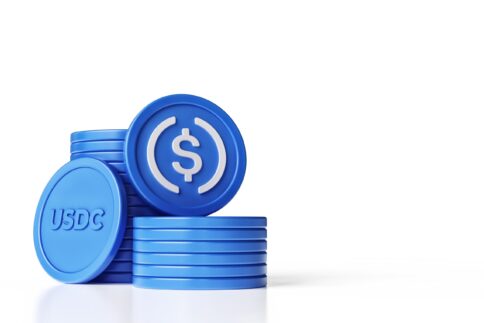
Founding Days of USDC
USDC was introduced to the world in September 2018, through a collaboration between Circle and Coinbase. The aim was to create a stable digital currency that could facilitate seamless transactions on blockchain networks without the volatility typically associated with cryptocurrencies like Bitcoin and Ethereum. The stablecoin is fully backed by U.S. dollar reserves, ensuring that each USDC token is redeemable for one U.S. dollar, maintaining its 1:1 peg.
Founders
USDC is a product of Centre, a consortium founded by two significant entities in the cryptocurrency space:
-
Circle: Co-founded by Jeremy Allaire and Sean Neville in 2013, Circle is a global financial technology firm that has played a pivotal role in bringing USDC to market. Jeremy Allaire, a serial entrepreneur with a background in internet technology, has been a prominent figure advocating for digital currencies.
-
Coinbase: Established by Brian Armstrong and Fred Ehrsam in 2012, Coinbase is one of the largest and most reputable cryptocurrency exchanges in the world. Coinbase’s involvement provided the necessary infrastructure and user base to ensure the widespread adoption of USDC.
Total Supply and Circulation
USDC’s total supply is dynamic, expanding or contracting based on market demand. As of 2024, USDC’s market capitalization stands at approximately $30 billion, reflecting its significant presence in the digital asset ecosystem. The stablecoin operates on multiple blockchain networks, including Ethereum, Algorand, Solana, Stellar, and TRON, ensuring broad accessibility and utility.
Major Stakeholders
Several key players hold significant influence over USDC:
-
Circle and Coinbase: As founding members of Centre, these companies remain deeply involved in the governance and operational aspects of USDC.
-
Institutional Investors: Major financial institutions and investment firms have invested in USDC, leveraging its stability for various financial activities.
-
Decentralized Finance (DeFi) Platforms: Numerous DeFi platforms use USDC as a primary stablecoin for lending, borrowing, and liquidity provision.
Current Hot Topics
Regulatory Scrutiny
USDC, like other stablecoins, is under intense regulatory scrutiny. Authorities worldwide are examining the implications of stablecoins on financial stability, monetary policy, and consumer protection. USDC’s transparent operations and regular audits are critical in navigating these regulatory landscapes.
Expansion to New Blockchains
USDC continues to expand its presence on various blockchain networks. The recent integration with TRON and other blockchains highlights efforts to enhance transaction efficiency and reduce fees.
Integration with Traditional Finance
Efforts to bridge the gap between traditional finance and the cryptocurrency world are ongoing. Partnerships with payment processors and financial institutions aim to facilitate easier conversion between USDC and fiat currencies, promoting broader adoption.
Timeline of Key Events
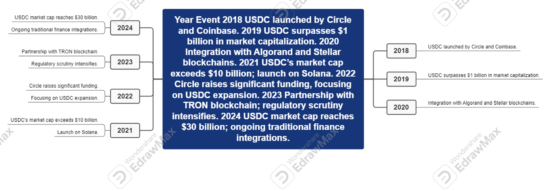
Conclusion
USD Coin (USDC) has evolved from a collaborative project between Circle and Coinbase into a pivotal asset within the cryptocurrency ecosystem. Its commitment to transparency, stability, and regulatory compliance has cemented its role as a trusted stablecoin. As the digital economy continues to grow, USDC’s influence is poised to expand, bridging the gap between traditional finance and the burgeoning world of digital assets.
Reference: Chatgpt

